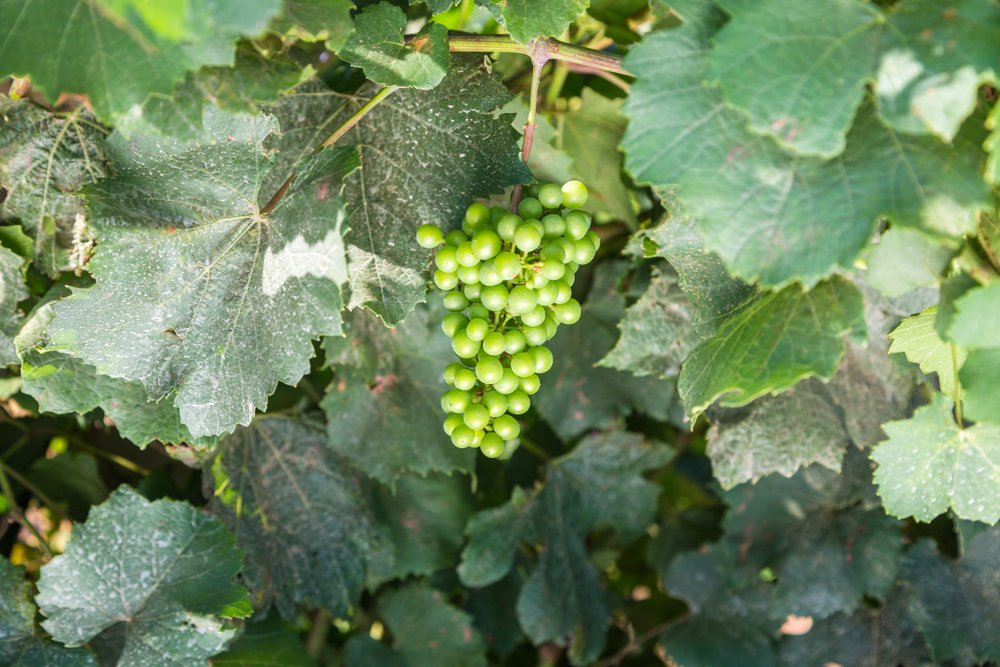Assessing Contaminants with Stream Order
Determining whether excluding livestock from large streams in flat catchments would substantially decrease the contaminant load
Project Details Ngā taipitopito
Collaborators Ngā haumi
AgResearch | Land Water People
What are we doing?E aha ana mātou?
The New Zealand dairy industry’s Water Accord requires farmers to exclude livestock from all large fourth-order streams – “wider than a stride and deeper than a Red Band gumboot” – by committing to a riparian planting plan (due by 31 May 2020, with 50% of planting complete). In September 2020, government implemented this as national policy.
Our research looked at whether excluding livestock from large streams (over 1 metre wide, over 30cm deep) would substantially decrease the load of contaminants (nitrogen, phosphorus, sediment and E.coli) entering waterways.
The researchers found that loads from large streams in flat catchments dominated by pasture accounted for, on average, 23% of the national load of all contaminants. This research suggests additional mitigations should be implemented to reduce the 77% of contaminants that enter waterways from smaller streams in rolling to steep land.
How can the research be used? Ka pēhea e whai take ai te rangahau?
- We discovered that fencing only large streams to exclude stock would have less effect on freshwater quality than originally thought. Small, steeply sloping streams contribute, on average, 77% of the load of freshwater contaminants. This work was covered in all major newspapers, and radio and TV stations.
- Farm environment plans and tools such as MitAgator can help farmers target strategies to mitigate contaminant losses from critical source areas. This means that cheaper strategies than fencing can be used to keep livestock out of smaller streams, for better effect.
- The results challenge proposed government stock exclusion regulations.
- This research is now being used by regional government to determine policy to improve the quality of freshwater. For example, Taranaki Regional Council has committed to fencing more streams than those covered by central government’s proposed stock exclusion regulations.
- This research is being used internationally. The paper Assessing the Yield and Load of Contaminants by Stream Order was awarded JEQ Best Paper 2019, for the best paper produced in the prior three years, as awarded by the editors of the American Tri-Societies, whose members number over 20,000 North American scientists covering the primary and environmental sectors.
 View Our Strategy Document 2019 – 2024
View Our Strategy Document 2019 – 2024









